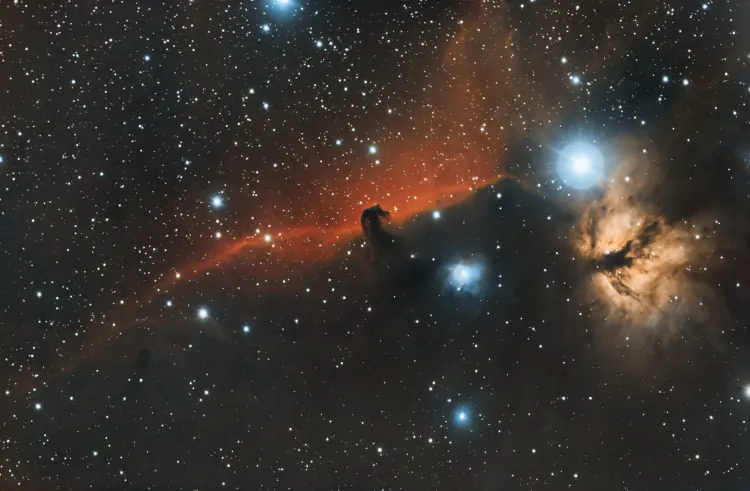Exploring the Wonders of the Solar System: A Journey Through Space and Time
This article discusses the topic of space exploration and the solar system, suggesting ways to help students understand the concept of area and the unique characteristics of the planets in our solar system. It also touches on the history of space exploration and the importance of technology in advancing our understanding of the universe.

To provide this topic a little twist, below are suggestions to have students "get it."
As introduction to the topic, bring your students out of the class (at both daytime and nighttime if it's possible) so they can see what composes the skies. Clarify that the solar system is made up of our sunlight and all of the heavenly bodies that circumnavigate it. Once they have familiarized themselves to the idea of area and the solar system, you can begin proceeding.
The marvels of deep space have long astounded the imagination of pupils and educators alike. The substantial expanse of outer space, including a kaleidoscope of heavenly bodies, provides a glimpse right into the limitless possibilities that lie beyond our terrestrial bounds. The planetary system, a gathering of heavenly bodies that orbit the Milky Way galaxy, has actually been the topic of rigorous exploration in recent years. Probes have actually ventured right into the limits of the planetary system, revealing a diverse variety of worlds, moons, planets, and comets. The sheer range of the universe is amazing, with an estimated hundred billion stars and over 1,000 comets visible via telescopes. This remarkable discipline continues to motivate marvel and curiosity, welcoming us to contemplate the secrets of the universes and our area within it.
Checking out outer space and the planetary system is an interesting topic that sparks numerous questions as a result of its substantial history of innovations in theory and method. Central to space exploration is the innovation of the rocket engine, enabling the transportation of items past atmosphere. When educating concerning this subject, highlight to your trainees the relevance of communication and innovation in the area of room exploration and understanding the planetary system.
Each of the ten planets in our solar system, including Mercury, Venus, Planet, Mars, Jupiter, Saturn, Uranus, Neptune, Pluto, and Xena, has one-of-a-kind characteristics that distinguish them from one another. A graph in the form of a table can successfully display these differences and characteristics. Adhering to the comparative analysis, individuals can pick their favored planet, produce a personalized illustration of it, and give thinking for their selection over the various other worlds.

A telescope is another effective gadget utilized to multiply or enlarge the photo of a far-off object. It is a really crucial tool for astronomers. It allows them to see much further right into space than is possible with the human eye. What you can do is bring a telescope you can show your trainees so everybody can have a look on what's around in space with a very casual activity.
What is area expedition? The age of area expedition began in the 6th decade of the 20th century. Because that time, robot probes and humans have actually ventured beyond the restrictions of the Planet's ambience. Today, room explorations consist of the examination of holy objects ranging in size from cosmic dirt to the gigantic planets of the solar system. Because of technology, humans are constantly finding even more concerning life and pressures in space. The possibilities are unlimited.
For over three centuries, scientists have been engaged in intellectual discourse concerning the genesis of our planetary system. To help with a deeper understanding of the principles bordering the introduction of life within the solar system, aesthetic aids such as movies can be utilized to show the theories in a much more accessible and appealing way.









